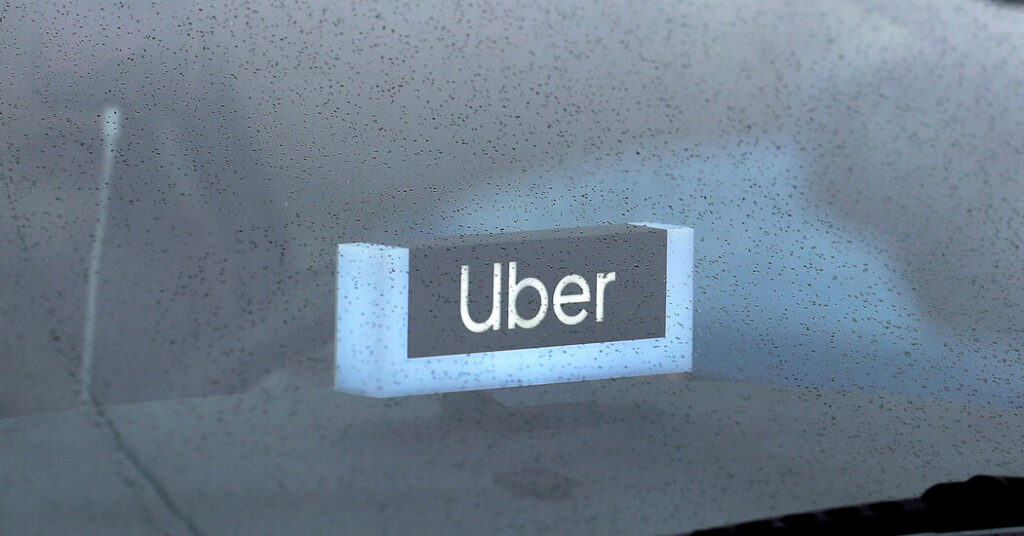Uber appears to be powering through the tumult of the global economy, despite fears that consumers are skimping on rides and deliveries.
The company said on Wednesday that it had $11.5 billion in revenue in its most recent quarter, up 14 percent from a year earlier and slightly below Wall Street investors’ expectations. Its total bookings also grew 14 percent to $42.8 billion, which was in line with expectations.
Investors have been eager to see how President Trump’s latest round of tariffs might affect Uber’s growth. While the company’s direct business has little exposure to tariffs, a hampered economy could make customers less willing to spend on rides and deliveries.
But Uber predicted its bookings would increase 16 to 20 percent in the current quarter, which was higher than Wall Street estimates of 14 percent. In a statement, Dara Khosrowshahi, Uber’s chief executive, said that against “a dizzying backdrop of headlines on trade and economic policy,” the company’s start to the year was still strong.
Uber’s profit for the quarter was $1.8 billion, an improvement from last year’s first-quarter loss of $654 million, which it attributed to a $721 million hit from revaluations of its investments.
Uber also announced a handful of new autonomous vehicle partnerships in the first four months of the year, all part of the company’s larger strategy to co-opt the growth of robot taxi companies that could be seen as its competitors.
In March, Uber began an exclusive partnership in Austin, Texas, with the autonomous vehicle company Waymo, and the arrangement will be coming to Atlanta in the near future. As of May, Uber had 18 active autonomous vehicle partnerships.
While ride-hailing still accounts for the bulk of Uber’s profits, the company’s food delivery business grew by 15 percent. The company also spent $700 million on Tuesday to acquire an 85 percent stake in Trendyol Go, a Turkish food and grocery platform.
And Uber saw some relief from rising auto insurance costs, which have cut into the earnings of its drivers. The company grew its short-term and long-term insurance reserves in the last quarter compared with a year earlier.


